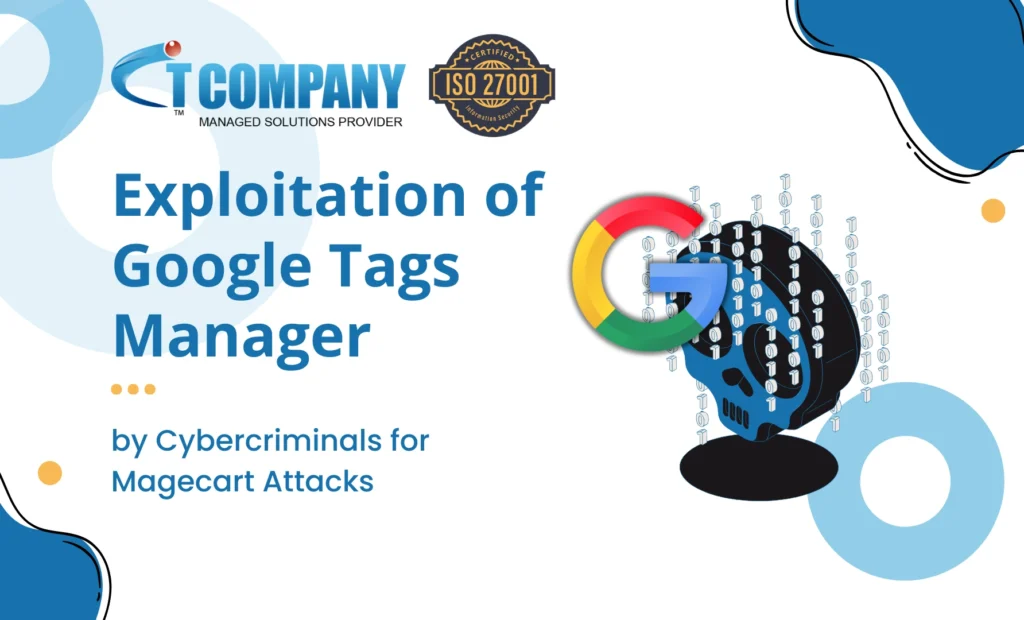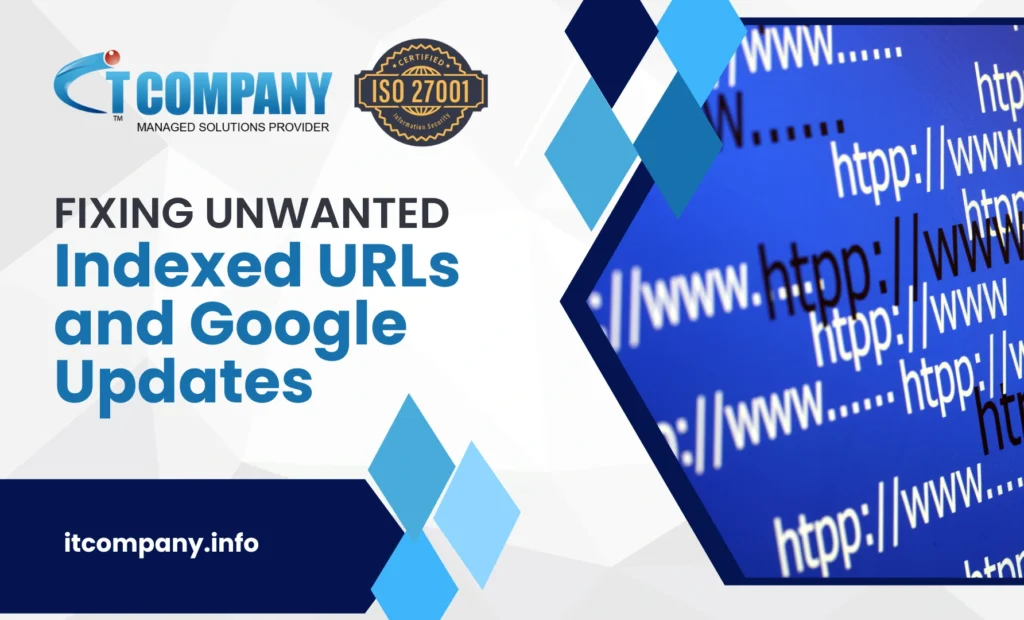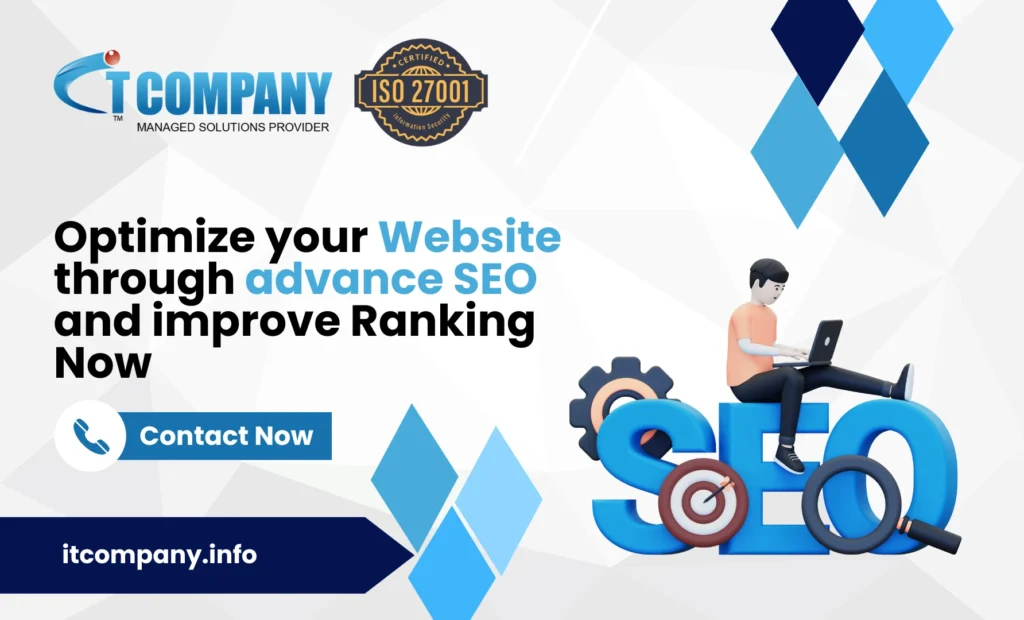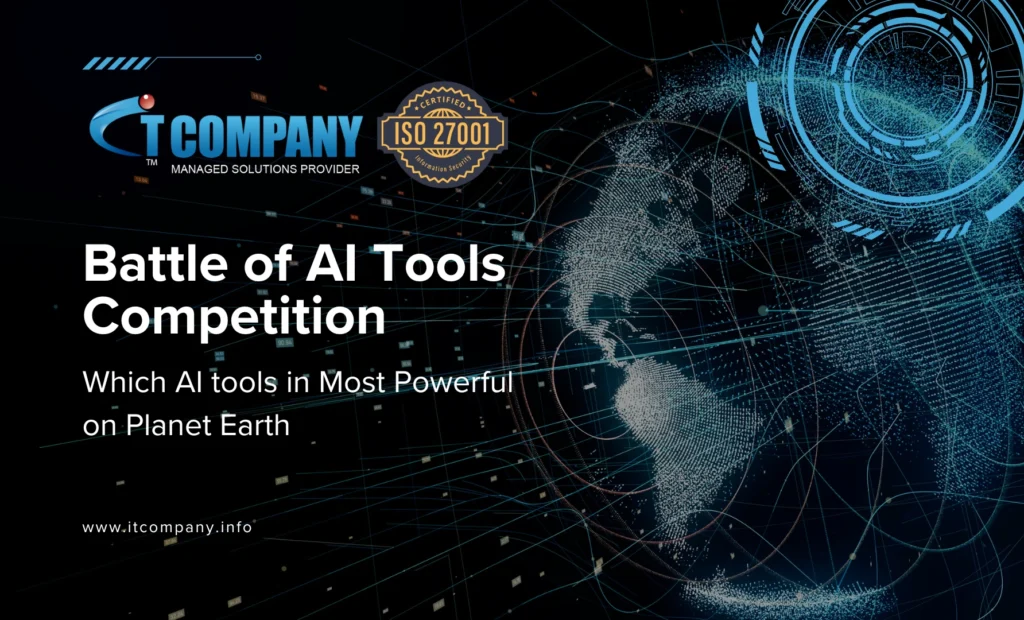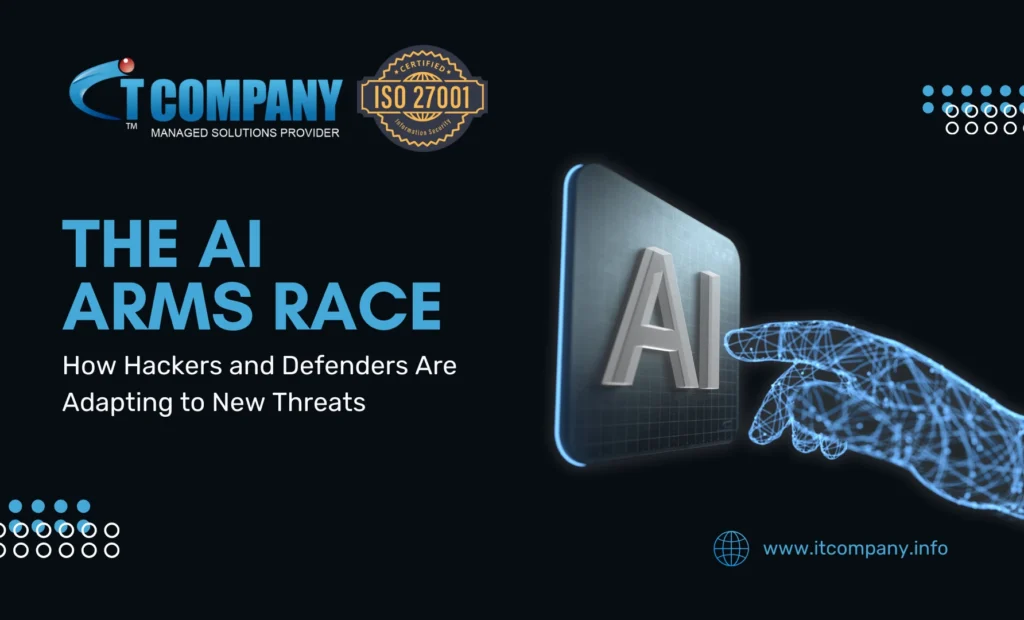What if you could break free from the limitations of traditional AI systems and seamlessly integrate open-source AI with Claude MCP AI, OpenAI, and Google Gemini? The future of AI development has arrived with Anthropic’s MCP, and here’s why it’s about to change everything.
In this blog, we’ll dive into Anthropic’s Model Context Protocol (MCP), show you how to set up an MCP server, and explore how this groundbreaking technology allows AI systems to interact with external data sources, APIs, local files, and even perform web searches.
What Exactly is Anthropic MCP? Breaking Down the Basics
Before diving into the technical aspects, let’s first understand MCP and why it’s revolutionizing the way AI models function. MCP is a protocol developed by Anthropic that allows Claude MCP AI (or any AI tool) to interact with a variety of data sources, both online and offline. This ability to connect to different ecosystems makes it one of the most flexible AI tools available.
Key benefits of MCP include:
Interoperability: AI tools can connect with OpenAI, Google Gemini, and even local files.
Open-source: Developers have the freedom to modify and customize MCP.
Real-time capabilities: Instant data and file access allow AI models to stay current and accurate.
In a nutshell, MCP eliminates the restrictions traditional AI systems face, opening up new possibilities for AI development.
How to Set Up MCP Server with Open LLMs, OpenAI, and Google Gemini
1. Setting Up MCP Server
Before you can integrate Claude MCP AI with any external tools, you’ll need to set up the MCP server.
Step 1: Install the MCP Server Start by cloning the MCP server repository from Anthropic’s GitHub or use Docker for faster setup.
git clone https://github.com/Anthropic/mcp.git
cd mcp
docker build -t mcp-server .
docker run -d -p 8080:8080 mcp-server
Step 2: Install Dependencies Make sure you have all required dependencies for connecting MCP to your AI tools.
pip install fastapi requests2. Connecting to Open LLMs
Once the MCP server is running, you can connect it to open-source LLMs like GPT-2, GPT-3, or LLaMA.
- Set up an endpoint in your server to facilitate communication between Claude MCP AI and your open LLM.
Example:
from fastapi import FastAPI
import requests
app = FastAPI()
@app.post("/llm-integration")
async def llm_integration(data: dict):
response = requests.post("https://api.openai.com/v1/engines/davinci-codex/completions", json=data)
return response.json()
3. Integrating with OpenAI
Now, let’s connect MCP server to OpenAI for enhanced functionality.
- You’ll need your OpenAI API key.
- Setup a communication bridge for Claude MCP AI to communicate with OpenAI’s models.
Example:
import openai
from fastapi import FastAPI
app = FastAPI()
openai.api_key = "your-api-key-here"
@app.post("/openai-integration")
async def openai_integration(prompt: str):
response = openai.Completion.create(
engine="text-davinci-003",
prompt=prompt,
max_tokens=100
)
return response.choices[0].text.strip()4. Integrating with Google Gemini
Similarly, connect MCP Server to Google Gemini by using HTTP requests and adapting the endpoint for Gemini’s API.
Example:
@app.post("/gemini-integration")
async def gemini_integration(prompt: str):
response = requests.post("https://api.google.com/gemini", data={"prompt": prompt})
return response.json()
Real-World Applications: How MCP Server Transforms AI Projects
Once you’ve integrated Claude MCP AI with Open LLMs, OpenAI, or Google Gemini, the real magic happens in your applications. Here are a few real-world use cases where MCP Server can supercharge your AI-powered projects:
1. Custom AI Assistants
Developers can create custom AI assistants that tap into real-time APIs for dynamic responses. Imagine a customer support bot that not only responds to queries but also fetches live data from external sources like weather APIs or product databases.
2. AI-Powered Content Creation
With Claude MCP AI, you can automate content creation. For example, create blog posts, social media updates, and product descriptions by leveraging OpenAI and Google Gemini’s generative capabilities.
3. Data-Driven Analytics
Integrate MCP Server with external databases or analytics tools to generate real-time insights. For businesses, this means you can have AI tools pulling data from local databases and API sources, providing powerful, data-driven reports in an instant.

Final Thoughts: The Future of AI Integration
With Anthropic’s MCP Server, AI development has never been more flexible or powerful. By enabling tools like Claude MCP AI to communicate seamlessly with Open LLMs, OpenAI, and Google Gemini, MCP opens up endless possibilities for developers.
Whether you’re building custom AI assistants, automating content creation, or driving data analytics, MCP Server and Claude MCP AI are the keys to unlocking the full potential of AI.
Ready to start integrating Claude MCP AI with MCP Server? Get started today and redefine what AI can do for you!














